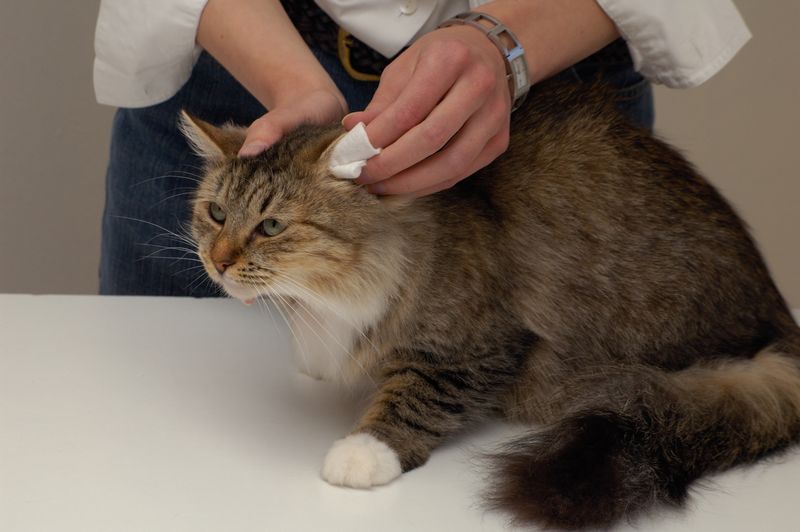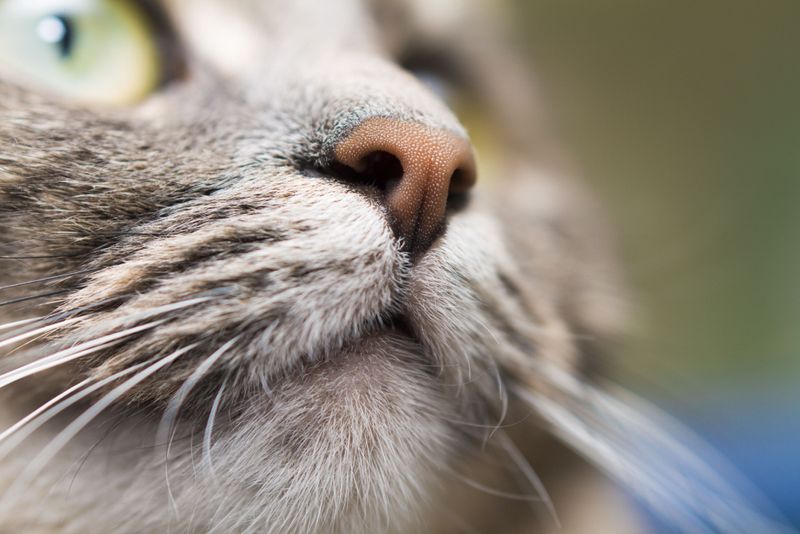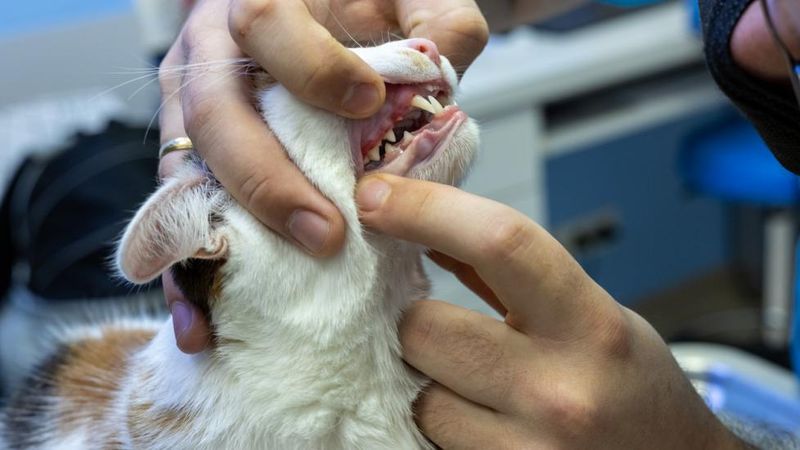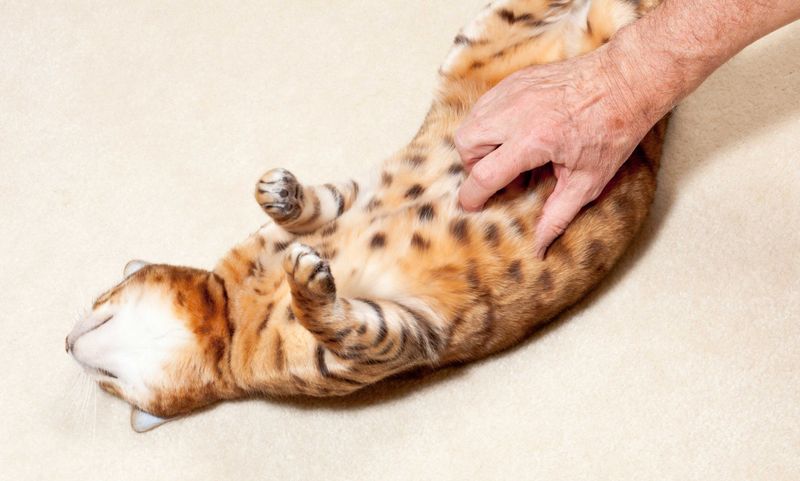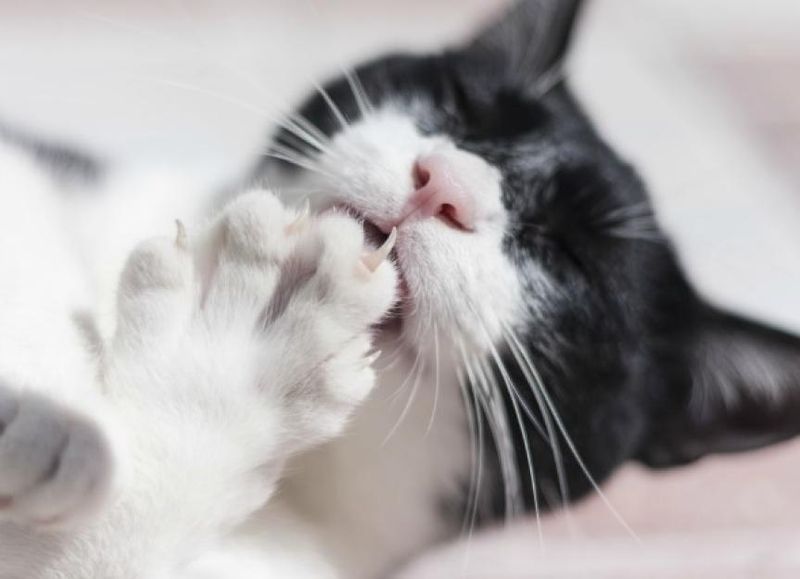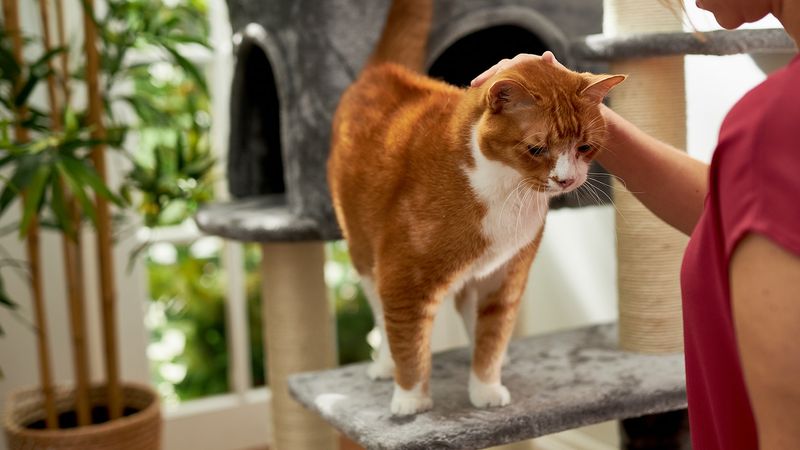📖 Table of Content:
Caring for a cat goes beyond cuddles and feedings—it means being proactive about their health and well-being. While regular veterinary checkups are essential, there’s a lot you can do at home to stay ahead of potential problems. Performing simple health checks in a gentle, familiar environment not only keeps your feline friend more comfortable, but also helps you become attuned to their normal behaviors and physical condition.
Cats are naturally excellent at hiding signs of illness or discomfort. This instinctive behavior, while a survival trait in the wild, can make it harder for pet owners to detect early warning signs of health issues. That’s why it’s so important to integrate short, consistent checks into your routine—they act as a first line of defense in spotting abnormalities early.
You don’t need special equipment or veterinary training to carry out these at-home exams. All it takes is a calm setting, a bit of patience, and a caring touch. Below are seven quick yet effective ways you can give your cat a health check, helping ensure they stay as happy and healthy as possible between vet visits.
1. Check Their Eyes
Clear, bright eyes are one of the first indicators of a healthy cat. When examining your cat’s eyes, take note of their clarity, the absence of cloudiness, and how they react to light. Be on the lookout for any redness, yellowing, or excessive discharge, as these may signal infection or irritation. Squinting or rubbing at the eyes is another red flag. Occasionally, tear stains may accumulate near the corners of the eyes, which you can gently clean using a soft, damp cloth. Always use separate cloths for each eye to prevent cross-contamination. If you observe persistent discharge or unusual eye movements, a prompt visit to the vet is recommended.
2. Inspect Ears
Gently folding back your cat’s ears allows for a quick but informative check. Healthy ears should appear pale pink and free of excessive wax, scabs, or swelling. If there’s a strong, yeasty smell or black debris, it might suggest ear mites or an infection. You may also notice your cat shaking their head or scratching at their ears more than usual. Using a cotton pad (never a cotton swab), you can lightly clean the outer ear if there’s visible dirt. Avoid inserting anything into the ear canal to prevent damage. If you detect any abnormalities, follow up with a vet before it worsens.
3. Examine the Nose
A cat’s nose offers subtle clues about their respiratory and overall health. It’s typically cool and slightly moist, although texture can vary slightly depending on your cat’s activity or environment. Runny, crusty, or excessively dry noses should be examined more closely, particularly if accompanied by sneezing or coughing. Color changes or unusual discharge (such as green or yellow mucus) are important to note. A quick swipe with a damp tissue can help remove minor crusting for better observation. Remember that a warm nose isn’t always a sign of fever—look at the bigger picture. Any consistent discharge or breathing changes merit veterinary attention.
4. Observe the Mouth and Teeth
Mouth inspections might not be your cat’s favorite part of the health check, but they’re incredibly important. Lift the lips to look at the teeth and gums, aiming to do this when your cat is calm. Healthy gums should be pink, not red, pale, or inflamed, and the teeth should be mostly free of heavy tartar. Bad breath, loose teeth, or drooling can be early signs of dental disease. If your cat allows it, gently press on the gums to see how quickly color returns—a slow refill could indicate circulatory issues. Dental problems often escalate quietly, so monthly checks can help you catch issues early. Talk to your vet if you’re unsure how to start brushing your cat’s teeth safely.
5. Feel the Body and Coat
Running your hands over your cat’s body from head to tail can help detect physical changes. Feel for any lumps, swelling, or areas that seem tender or cause flinching. Your cat’s coat is also a good health barometer—it should be clean, glossy, and free from mats or excessive dandruff. Changes in grooming habits, like overgrooming or neglecting certain areas, often hint at underlying discomfort. Be mindful of weight loss or gain as you handle your cat, especially if it’s gradual. Skin issues, parasites, or dietary problems can often manifest through the coat and skin first. If you notice patchy fur or sudden shedding, it’s worth investigating further.
6. Check Paws and Claws
Don’t forget to pay attention to your cat’s paws and claws during your checkup. Lift each paw gently to look for debris, injuries, or signs of infection between the toes. Cracked paw pads, redness, or swelling can indicate irritation or fungal issues. Cats that are kept indoors still need regular claw trimming to prevent painful overgrowth or snagging. Using a cat-specific nail clipper, trim the tips only—cutting too deep may cause bleeding and pain. Keep an eye out for split or curled claws that may require a vet’s help. Regular handling helps your cat become more comfortable with paw inspections over time.
7. Monitor Weight, Appetite, and Behavior
Weight and behavior offer some of the most reliable signs of overall health. You might notice subtle changes—less playfulness, reluctance to jump, or an increase in vocalization—that signal something’s off. Appetite and litter box habits are also major indicators; increases or decreases in either should raise flags. Keep a basic log of food intake, body condition, and bathroom behavior, especially if you’re monitoring a senior cat. Sudden weight changes should be addressed quickly, as they can be signs of underlying disease. Emotional changes like withdrawal or aggression are equally important. Tracking these small shifts gives your vet a fuller picture if problems arise.


